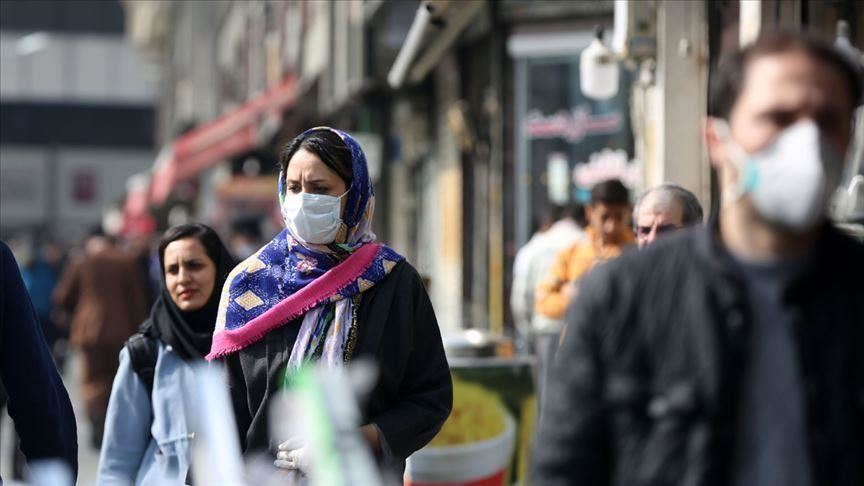It is not that Covid19 isn’t dangerous – it is a terrible development. But the flu data is pretty astounding if you really wanted to focus on it. Every year 300k to 600k people around the world die of the seasonal flu. The US CDC reports that there are over 20mn cases of flue this season alone (season starts in October) with 19 thousand deaths. I just read on the CDC website that 20 infants died last week from the seasonal flu. If Covid19 killed 20 babies last week we would all be horrified, but there are some risks in life we just get used to. I’m sure if we looked up traffic accidents and other stats that it would be pretty obvious that even if the Covid19 outbreak becomes as large as what happened in China, the average American is still more at risk of dying from driving home from work than from Covid19. If Singapore is anything to go by, the acceptance happened surprisingly quickly and within a month we are getting back to normal even though the outbreak continues.
Seasonal flu data is plenty astounding. Around 300 to 600 thousand dead each year depending on the study you look at.
Car collision data is even more astounding simply because over 90% of collisions are caused by human error. WHO says there were
1.25 million deaths directly related to road safety in 2013. I can't find updated information, but let's assume this number increased to 1.5 million by 2019 (it's unlikely it did).
So, 2.1 million deaths from seasonal flu and car collisions combined in 2019, at worst.
Now, coronavirus and it's potential as an epidemic under two scenarios, historical worst case and conservative.
Worst case is a comparison with Spanish flu. As I have previously written, the infection rate for Spanish flue during the 1918 to 1920 outbreak was 30% of the global population. It was actually 27% of the population. If coronavirus reaches that infection rate, that would mean 2.052 billion are infected. The mortality rate for coronavirus has increased over the last week to 3.4%. Remaining static, that mortality rate would mean 69.7 million people would die from the disease, interestingly (but unimportantly) around the same number as the middling estimates for Spanish flu fatalities.
Conservative comparisons could be the 2009 flu pendemic which we knew as the Swine flu outbreak. This strain of the virus infected between 10 and 20 percent of the global population. That would mean a coronavirus outbreak similar to Swine flu would leave between 760 million and 1.52 billion people infected. Based on COVID-19's current mortality rate the number of deaths would total between 25 million and 51 million deaths. I think many people forget Swine flu killed as many as 600,000 people over two years as well.
Of course, both the above outbreaks lastest around two years each, so splitting that up and assuming the coronavirus outbreak lasts a similar timeframe, would mean anywhere from 12 million to 34 million deaths per year over 2020 and 2021.
So, the only scenario where coronavirus does not become a much bigger issue than seasonal flu and car collisions is the current scenario. It would need to stop spreading now or in the next few months to avoid becoming a bigger killer this year alone. Unfortunately, there's no signs that a lid is being put on this outbreak and it will stop spreading in the near future. I am also only talking about an historic flu-based worst case scenario but the funny thing about history is it likes to be made. Coronavirus could set a new benchmark, for want of a better word. Granted, it could also peter out and become a footnote, but again the current situation does not suggest that.
By the way, I am not really offering any predictions either way but am simply putting some perspective against the comparisons with seasonal flu, car collisions, and tornados.



